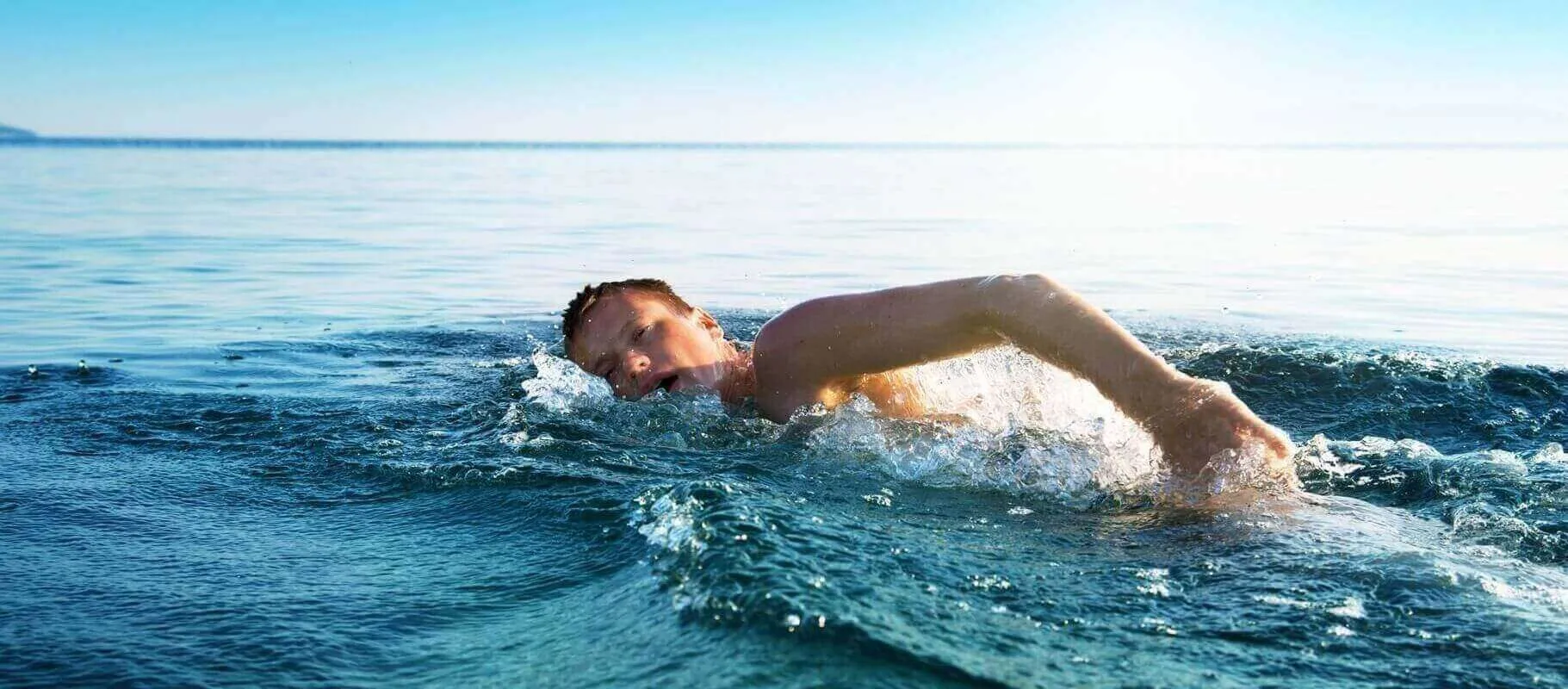How to drain fluid from the middle ear at home

How to drain fluid from the middle ear at home
7 minutes
Published 1 November 2022
19 January 2025
When the ear canals fill up with water, you may experience different types of sensations. Some examples of what you might notice are a tingling sensation, a feeling of fullness in the ear canal, muffled hearing, and even partial or total hearing loss. Depending on your particular case, this can happen in one or both of your ears.
At times, it is very easy to get trapped water out of your ears, while at other times, it can be a bit more complicated. The most important reason to remove moisture from your ear as quickly as possible is to prevent an ear infection from occurring. Don't be overly concerned, however, as there are effective techniques you can use to get the trapped water out of your ears. Most of these techniques you can perform at home without the need for help from a healthcare professional.
Is it dangerous when water gets trapped in your ears?
Thankfully, it is seldom risky when water gets into your ear canal. Did you know that your earwax (cerumen) is water-repellent? Because your ear produces plenty of this substance, water typically trickles right out on its own. Problems start when this does not occur, and bacteria begin to thrive inside the warm, moist ear canal. This type of ear infection is referred to as a swimmer's ear, otitis externa.
Bacteria love wet and humid environments and can quickly start growing, leading to a full-blown ear infection. Keep an eye out for outer ear infection symptoms, such as painful, itchy ear canal and odorless, clear fluid draining from the outer ear canal.
If you experience any of these symptoms and suspect an ear infection, you should not delay seeking medical attention. If you have no symptoms but have had water trapped inside your ears for days or weeks, you should make an appointment with your doctor.
How to get trapped water out of your ears
We have collected some of the most effective methods to help you gently drain water from your ears. You can use the below techniques and remove trapped moisture in a few seconds or a few minutes.
Tilting method
The most straightforward technique to try is to tilt your head to the side and allow water to drip out. While this method may not work every time, it is definitely worth giving it a shot as it is quick and simple.
Tug your earlobe
If the first method fails, gently jiggle your earlobe while tilting your head down towards your shoulder and shaking the water out. Shake your head side-to-side to move the fluid around and help find its way out.
Lie on your side
This method requires you to lie down on your side and stay still for a few minutes. With the help of gravity, you will hopefully notice the water slowly trickling out of your ear.
Vacuum technique
The idea behind this method is to create a vacuum to draw water out by tilting your head sideways and placing your cupped palm tightly on your ear. Push on your ear and pull away rapidly, flattening it as you push and cupping it as you pull. Keep your head in a tilted position to allow water to drain out.
Hairdryer technique
If the above methods fail, you can try using a hairdryer to help dissipate water from your ear canal. Be sure to use the blow dryer on its lowest setting only to avoid any possible injury. Hold the hairdryer about 12 inches away from your ear and move it back and forth. Tug your earlobe gently and allow the heat to dry the water in your ear canal.
Use an alcohol-based eardrop
Eardrops can be particularly helpful if none of the above methods seem to do the job. Alcohol-based eardrops can help evaporate accumulated water from your ear canal. Alcohol is also effective at curbing the growth of bacteria and thereby preventing infections from forming. You can purchase alcohol-based eardrops at the pharmacy.
If you purchase the eardrop, be sure to follow the instructions on the packaging. If you make your own, apply only a couple of drops directly into your ear canal, leave the solution in there for 30-60 seconds before allowing the liquid to drip out. Be careful not to use this technique if you have an ear infection, eardrum tubes, or a perforated eardrum.
Use a hydrogen peroxide eardrop
Some people find success with hydrogen peroxide eardrops as these solutions are very effective at clearing earwax from the ears that may be responsible for trapping water inside. Once again, buying over-the-counter eardrops at the pharmacy or online is your best bet. Please use the same precautions as mentioned above with alcohol-based eardrops and avoid using this technique if you have an ear infection, a perforated eardrum, or eardrum tubes.
Olive oil technique
Using warm olive oil can also help prevent ear infection and get water out of the ear. If you plan on using this method, prepare to spend about 10-15 minutes on this. Place a few drops of the oil directly into your ear, and lie down on your side for at least 10 minutes. Set a timer. Once your time is up, sit up, tilt your head and allow the liquid to drip out.
What should you not do when trying to get water out of your ears?
Avoid using ear swabs because you can easily damage your eardrum and ear canal. Sticking ear swabs or other objects into your ear canal can also introduce bacteria and push the fluid deeper down.
Yawning technique
This method works well when the cause of your problem is water stuck in the eustachian tubes. When this happens, yawning and chewing gum can help open up the tubes.
Steam technique
Warm steam is a great way to remove water from your middle ear. The easiest way to use this method is by taking a nice, long, hot shower. Inhale the steam as often as possible and tilt your head to the side to allow the water to drain out.
When should you seek medical help?
Although getting water trapped in your ear is generally not a serious cause for concern for most people, you should not ignore any sign of discomfort. Keep an eye out for the typical symptoms of infection affecting your ears, such as swelling, redness, and ear pain. If you still struggle removing trapped water from your ear after trying the above techniques, consider seeking professional help. Untreated infections can lead to long-term damage and even hearing loss.
Author
Boots Hearingcare
Boots Hearingcare



